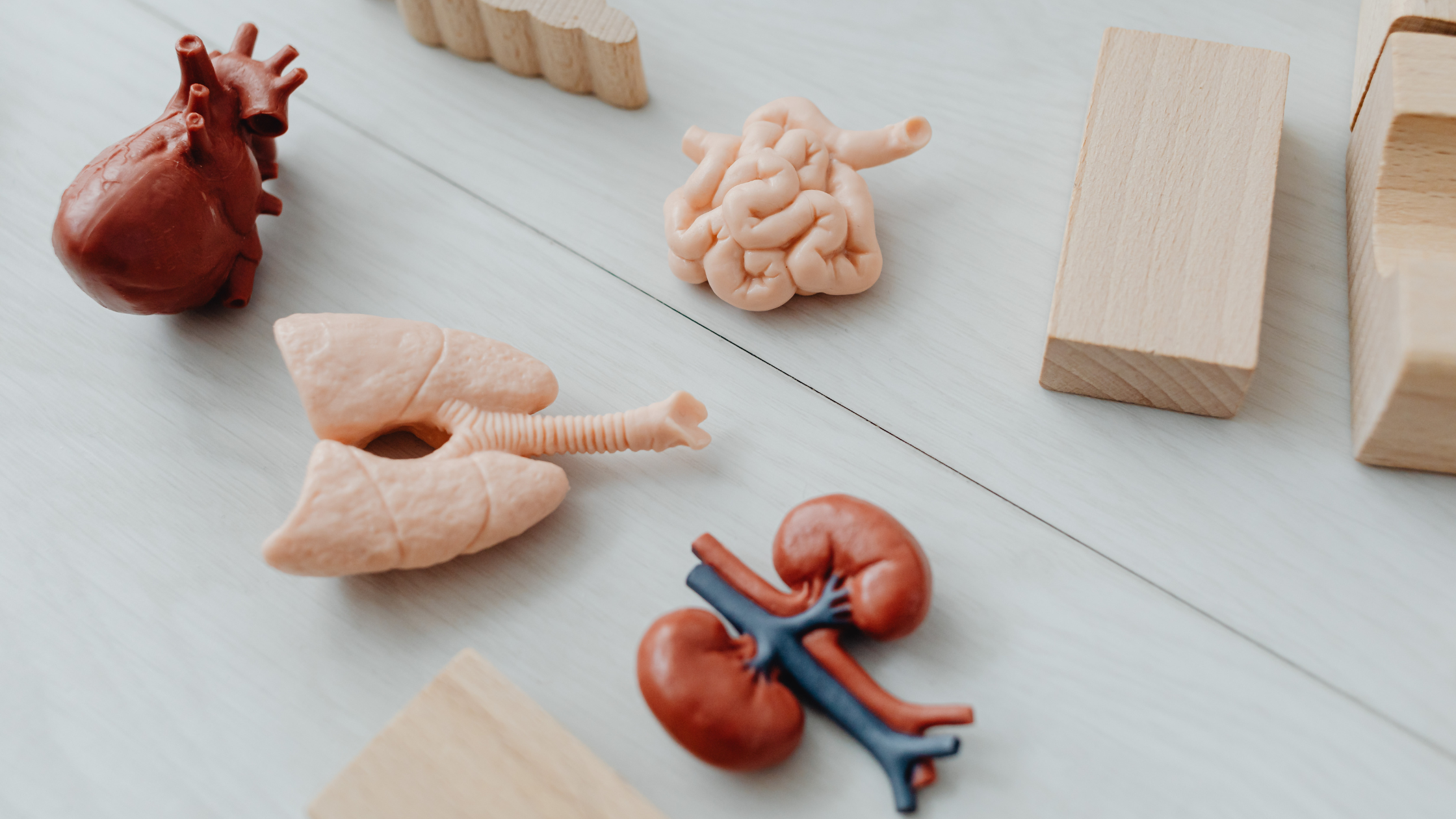
Menopause is a natural transition women endure that typically occurs between 40-60 years old where a woman’s menstrual cycle permanently stops. Menopause has various associations, such as mood swings, hot flashes, and weight gain.
However, what is less commonly known is the link between type 2 diabetes and menopause.
What is the connection between menopause and diabetes?
Women’s hormones change during menopause, which affects how the body uses insulin and can impair insulin sensitivity, increasing their risk of developing type 2 diabetes compared to men of similar age.
Menopause is also categorized by symptoms such as insomnia, hot flashes, high blood pressure, and high cholesterol, which all increase the risk of type 2 diabetes.
According to research published in JAMA Network Open, women going through menopause with frequent hot flashes or night sweats had about a 50% higher risk of developing type 2 diabetes than those without these symptoms. This is a dangerously high risk, as every 8 in 10 women experience hot flashes as a symptom of menopause.
Insomnia, another common symptom of menopause, can also increase the risk of diabetes. Ongoing sleep problems can lead to stress, hormone imbalances, and poor blood sugar control, making people with insomnia more likely to develop type 2 diabetes.
Lack of Awareness: Overlap of Symptoms
While the early warning signs of type 2 diabetes are the same for both men and women, these symptoms can also occur during menopause.
Symptoms:
Menopause
- Irregular periods
- Night sweats
- Difficulty sleeping
- Emotional changes
- Breast tenderness
- Racing heart
- Headaches
- Changes in libido
- Memory lapses
Both
- Hot Flashes
- Vaginal dryness
- Urinary urgency (a pressing need to pee more frequently)
- Dry skin, dry eyes or dry mouth
- Excessive thirst, or polydipsia
- Fatigue
Diabetes
- Feeling hungrier than usual
- Slow healing of cuts or sores
- Tingling or numbness in your hands or feet
- Blurred vision
- Unexplained weight loss
The overlap of these symptoms can lead to type 2 diabetes going undiagnosed, as women often attribute diabetes symptoms to a hectic life or hormonal changes, and don’t seek medical attention for these issues.
Proactive Health Monitoring: A1C
Given the connection between menopause and type 2 diabetes, regular testing, especially HbA1c, is essential for early detection and management.
Dr. Mary Claire Haver, Obstetrics and Gynecology Specialist and Founder of The Pause Life, highlights the importance of A1C testing in her list of 6 Tests To Maximize Your Annual Exam In Menopause, sharing that the HbA1c test provides a more comprehensive view of blood sugar levels compared to a single fasting glucose measurement, and it can also indicate potential risks for chronic diseases that can develop during menopause.
By recognizing shared symptoms and prioritizing regular testing, women can empower themselves to navigate menopause with greater health and well-being, mitigating the potential for long-term complications.
Sources:
- “6 Tests to Maximize Your Annual Exam in Menopause | the ‘Pause Blog.” The ‘Pause Life by Dr. Mary Claire Haver, 21 Feb. 2025, thepauselife.com/blogs/the-pause-blog/6-tests-to-maximize-your-annual-exam-in-menopause.
- “An Ob-Gyn’s Top Tips for Managing Hot Flashes.” Www.acog.org, www.acog.org/womens-health/experts-and-stories/the-latest/an-ob-gyns-top-tips-for-managing-hot-flashes.
- Darraj, Abdullrahman. “The Link between Sleeping and Type 2 Diabetes: A Systematic Review.” Cureus, vol. 15, no. 11, 3 Nov. 2023, www.ncbi.nlm.nih.gov/pmc/articles/PMC10693913/,https://doi.org/10.7759/cureus.48228.
- Hedderson, Monique M, et al. “Vasomotor Symptom Trajectories and Risk of Incident Diabetes.” JAMA Network Open, vol. 7, no. 10, 31 Oct. 2024, pp. e2443546–e2443546, jamanetwork.com/journals/jamanetworkopen/fullarticle/2825515?resultClick=3, https://doi.org/10.1001/jamanetworkopen.2024.43546.
- Mayo Clinic. “Menopause – Symptoms and Causes.” Mayo Clinic, 25 May 2023, www.mayoclinic.org/diseases-conditions/menopause/symptoms-causes/syc-20353397.






